As a B2B sales professional, you know how important it is to reach the top decision-makers at the companies you’re targeting. These executives, commonly known as C-Level executives, hold the power to make or break a deal.
Unfortunately, the road to winning over these high-ranking executives is not an easy one. You’re up against busy schedules, countless sales pitches, and a constant stream of emails flooding their inbox. It’s no wonder that trying to reach C-Level business decision-makers can feel like trying to summit Mount Everest. That’s why it’s crucial to have a solid strategy in place for reaching and selling to them.
Before we go through the strategies, let us first understand who are these C-Level executives and what is their role. However, if you’re in a hurry, you can skip to the strategies and tips right away!
- The Ultimate Outreach Strategies: Your Guide to Connecting with C-Level Executives
- Reaching C-Level Executives: Effective Strategies to Engage Decision Makers
- The Art of Selling to C-Level Executives
What is C-Level Executive?
If you’re looking to do business with a company, you’ll want to pay attention to its C-level executives. These executives are the big bosses, like the chief executive officer (CEOs), chief financial officers (CFOs), chief marketing officers (CMOs), and chief information officers (CIOs). As you might imagine, they play a big role in the purchasing decisions made within the company. That’s why engaging with them effectively is important, earning their trust and approval. By doing so, you can make a significant impact on the success of your organization.
Are you ready to feast your mind with effective strategies and guides to break through the noise and capture the attention of your C-Level decision makers?
If so, let’s dive in!
The Ultimate Outreach Strategies: Your Guide to Connecting with C-Level Executives
Targeting C-level decision makers is the key to B2B sales success, but reaching and engaging these busy executives can be challenging. In this section, we’ll explore proven strategies for connecting with C-level executives, from conducting in-depth research and tailoring messaging to leveraging referrals and building relationships through networking. Plus, we’ll cover an often-overlooked element of outreach: engaging the gatekeepers who protect C-level executives from unwanted solicitations.
Conducting In-Depth Research
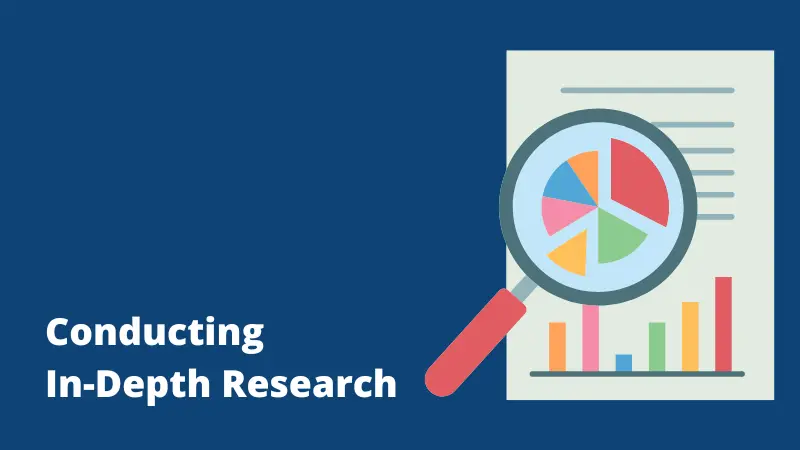
- What are the executive’s professional background and areas of expertise?
- What are the organization’s goals and priorities?
- What are the executive’s pain points and challenges?
- What recent news or industry events are relevant to the executive’s company?
Before reaching out to C-level executives, it’s important to conduct thorough research on them and their organizations. This research will help you understand their goals, challenges, and pain points, as well as their professional background and personal interests. To conduct in-depth research, use a variety of sources, such as LinkedIn, company websites, and industry publications. Take note of any recent news or industry events that are relevant to the executive’s company. By showing that you’ve done your homework and understand the executive’s context, you’ll increase your chances of success.
Tailoring Messaging to C-Level Executives
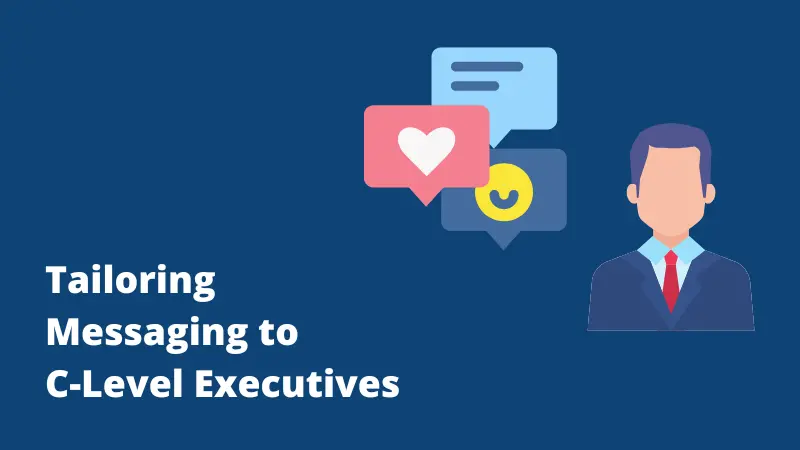
- How can you personalize your messaging to address the executive’s specific pain points and goals?
- How can you highlight your value proposition and differentiate yourself from competitors?
- How can you demonstrate that you understand the executive’s unique situation and can offer specific solutions?
Generic sales pitches won’t cut it with C-level executives. To win them over, you need to tailor your messaging to their specific pain points and goals. Highlight your value proposition and address specific business challenges that the executive is facing. Personalize your messaging by referencing recent news or industry events that are relevant to the executive’s company. By showing that you understand their unique situation and can offer specific solutions, you’ll increase your chances of success.
Related: 7 Elevator Pitch Examples that Will Get Tech Buyers’ Attention
Leveraging Referrals and Introductions
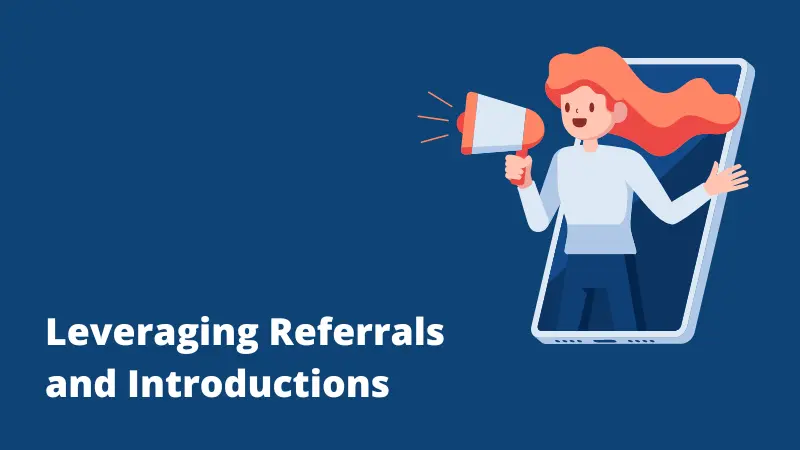
- Who are the mutual connections between yourself and the executive?
- How can you leverage those connections to make an introduction or request a referral?
- How can you make a strong first impression when reaching out to a referred executive?
Referrals and introductions can be powerful tools for connecting with C-level executives. Identify mutual connections between yourself and the executive, and leverage those connections to make an introduction or request a referral. Use LinkedIn and industry events to identify potential connections. When reaching out to a referred executive, be sure to make a strong first impression and show that you understand their situation and challenges.
Related: Sell the Webinar First, Your Product Second
Building Relationships Through Networking
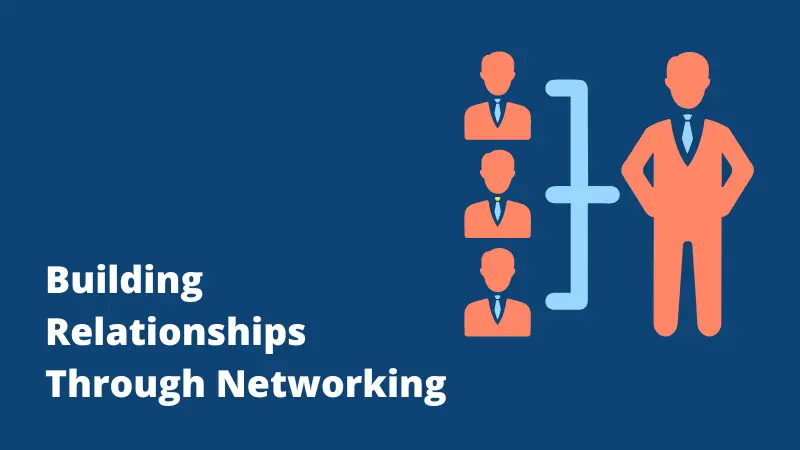
- What industry events and conferences do decision-makers attend?
- What online communities do decision-makers participate in?
- How can you approach networking with a long-term perspective?
- How can you establish yourself as a knowledgeable and trusted resource?
Networking is a critical component of connecting with C-level executives. Attend industry events and conferences, and engage in online communities where decision-makers are active. Approach networking with a long-term perspective, focusing on building relationships rather than immediately closing a deal. By establishing yourself as a knowledgeable and trusted resource, you’ll increase your chances of success.
Related: How to Reach and Engage Different ABM Buyers
Using Thought Leadership and Content Marketing
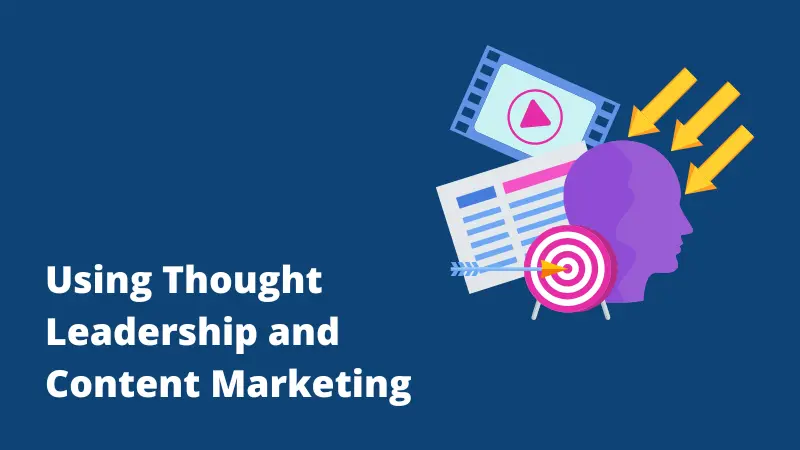
- What high-quality content can you create and share that addresses the executive’s pain points and challenges?
- How can you use thought leadership to position yourself as an expert and thought leader in your industry?
- How can you demonstrate your expertise and provide value to C-level executives?
Thought leadership and content marketing can help establish credibility and build relationships with C-level executives. Create and share high-quality content, such as blogs, case studies, and white papers, that address the executive’s pain points and challenges. Use thought leadership to position yourself as an expert and thought leader in your industry. By demonstrating your expertise and providing value, you’ll increase your chances of success.
Related: Better Content Means Better Leads: Make the Most Out of Your Content
Don’t Forget to Engage the Gatekeepers
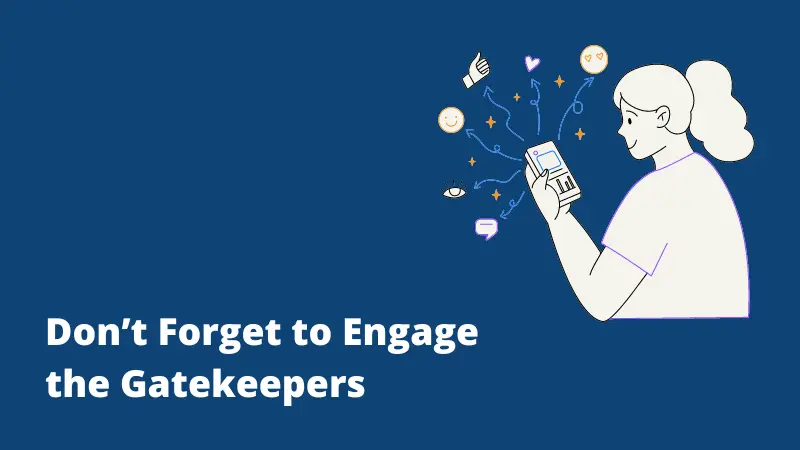
- Who are the gatekeepers that protect C-level executives from unwanted solicitations?
- How can you engage gatekeepers respectfully and professionally?
- How can you show appreciation for their assistance and build relationships with them?
Engaging gatekeepers, such as executive assistants and administrative staff, is critical when reaching out to C-level executives. These gatekeepers are often the first line of defense for busy executives and can be valuable allies in connecting with decision-makers. Be respectful and professional when engaging with gatekeepers, and show appreciation for their assistance. By building relationships with gatekeepers, you’ll increase your chances of success in connecting with C-level executives.
Are you struggling to get past gatekeepers and make a meaningful connection with your prospects? You might want to watch the ‘4 Ways to Get Past Gatekeepers and Reach Prospects Every Time.’
Keep in mind that connecting with C-level executives is critical for your sales success. By employing a multi-faceted outreach strategy that incorporates research, personalization, referrals, networking, thought leadership, and engagement with gatekeepers, you can increase your chances.
Reaching C-Level Executives: Effective Strategies to Engage Decision Makers
To make it to the top of the C-suite level decision-makers, you’ll need a multi-channel marketing approach that leverages various outreach strategies. Cold calling, email marketing, social media outreach, and direct mail are all viable options that can help you to engage C-level executives, win their attention, and covert them into customers:
Cold Calling
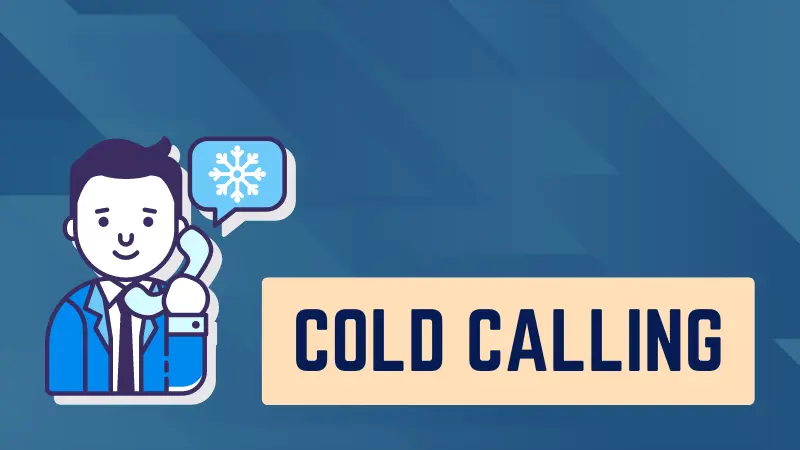
Some say cold calling is dead, but we say it’s still very much alive and still one of the most effective B2B lead generation strategies to reach and engage with C-Level executives.
Have you ever felt nervous about calling someone you’ve never met before, especially if they’re a high-level executive? Well, it’s natural to fear rejection and failure, but dwelling on those thoughts will only hold you back.
Instead of concluding the worst, why don’t you try these strategies to increase your chances of success:
- Keep it simple: Avoid jargon and technical language when speaking with C-suite executives. Instead, focus on communicating in understandable terms and highlighting the value your product or service can bring to their company. Why does your product/service matter? Why would they be interested?
- Be direct: C-suite executives are busy people, so get to the point quickly. Don’t waste their time with idle chit-chat. Introduce yourself, explain why you’re calling, and tell them how you can help their business.
- Show immediate value: Once you’ve made your point, explain how your product or service can help their company. Make sure to do your research beforehand so that you can tailor your message to their specific needs.
- Create a balanced conversation: Remember that your prospects—C-suite executives are valuable assets to their company, so approach the conversation with the mindset that you also have something to offer. So make sure to do your research beforehand and tailor your pitch to their specific needs and interests. Be willing to engage in a two-way conversation rather than just pitching your product or service.
- Make the offer open-ended: Even if you’ve captured their interest, don’t be too pushy or aggressive in closing the deal. Instead, make an open-ended offer and invite them to schedule a follow-up call or meeting to provide more information. This gives the executive a chance to consider your proposal and make an informed decision.
- Be professional: Confirm the time and date of your next meeting, and thank them for their time before ending the call. Extend an invitation to call you anytime if they have any questions, and reiterate the next steps you will take.
Related: Prospecting Into SaaS Companies: A Comprehensive Guide to Crafting the Perfect Cold Calling Script
Email marketing
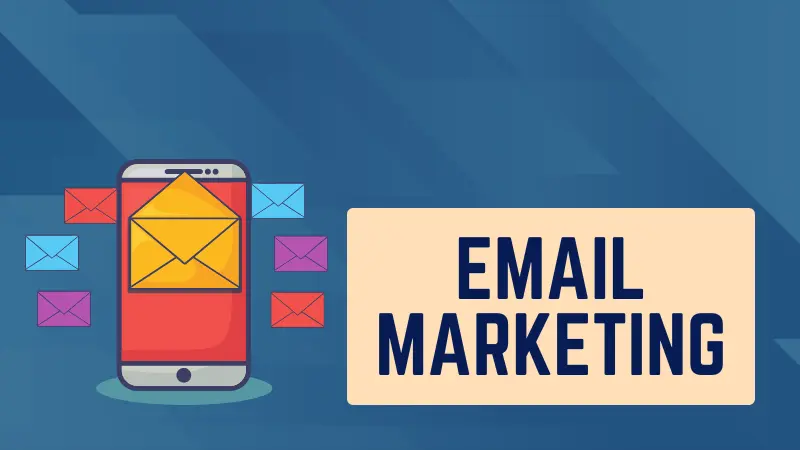
While it’s true that C-Level executives receive more emails than they can read, it’s still worth pursuing email marketing as a strategy to reach them. Email marketing can be a powerful tool to build relationships, increase brand awareness, and drive sales.
To recap, email marketing involves sending targeted and personalized emails to a list of subscribers. This strategy is often used in B2B sales to reach C-Level decision-makers, who receive a large volume of emails daily. By tailoring your messages to their specific needs and interests and crafting compelling subject lines and call to action, you can effectively engage with these busy executives and drive results for your business.
Check out this guide to learn ‘What Goes Into Creating a Successful Email Marketing Campaign’ that will help you stand out with your prospects’ inboxes.
Social media outreach
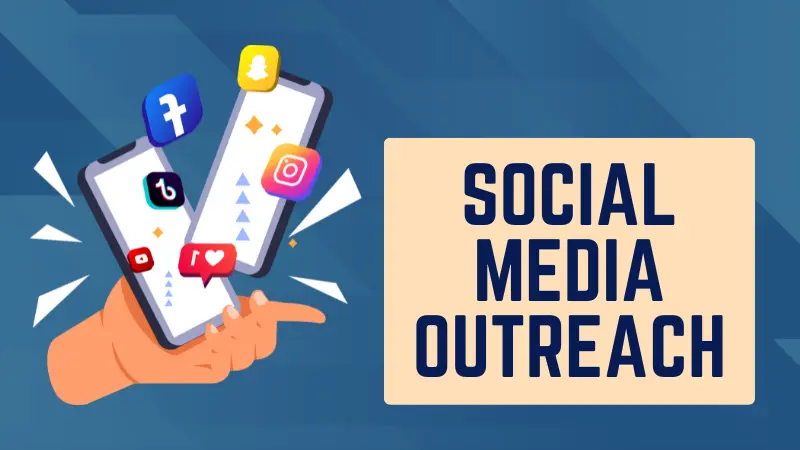
Social media is a powerful tool to connect with C-Level executives on a personal level—establishing relationships that can lead to business opportunities. LinkedIn, Twitter, and Facebook are popular platforms to share your expertise, connect with peers in their industry, and build personal brands.
So, if you’re looking to leverage social media to generate and boost sales leads, this article is for you: Social Media Marketing: Top 9 Keys to Generate Leads and Boost Sales.
Direct mail
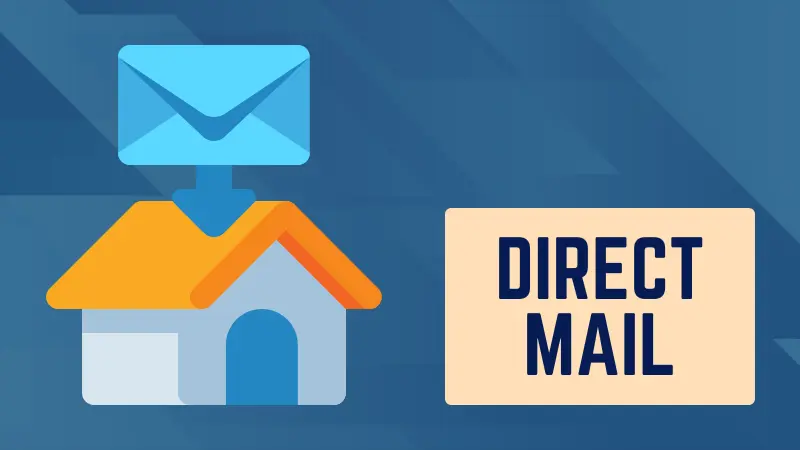
Direct mail is a more traditional outreach strategy, but it can still be effective. It allows you to stand out from the crowd and provide a tangible, personalized message. However, it can also be expensive and time-consuming. So, make sure to keep your message concise, and focus on providing value to the contact. A well-crafted direct mail piece can leave a lasting impression on C-Level executives and help you stand out from the competition.
Now that we’ve already covered the different approaches you can use to reach them, it’s now time to dig deeper into the unique challenges and opportunities of selling to C-Level executives.
The Art of Selling to C-Level Executives
Selling to C-level decision makers can be challenging, but it can also be highly rewarding. These executives are looking for solutions that can help them achieve their goals and drive growth for their companies. To boost B2B sales and sell effectively to them, you need to build trust and credibility, demonstrate value and ROI, and take a consultative approach.
How to Build Trust and Credibility with C-Level Executives?
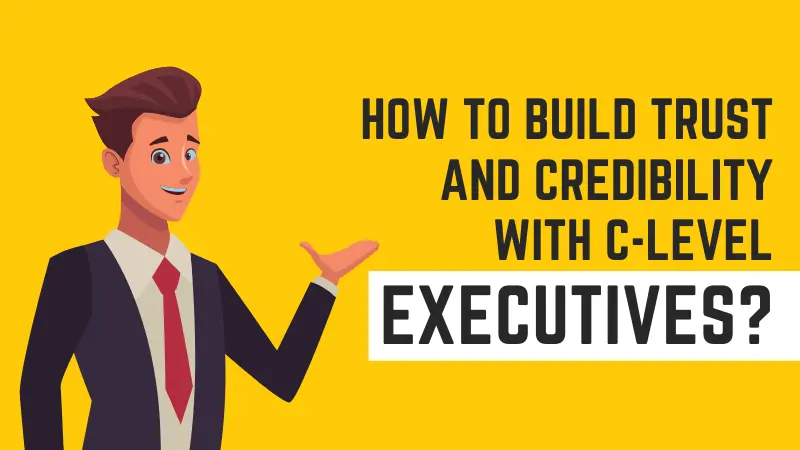
C-level executives are busy individuals who are bombarded with sales pitches every day. To stand out, you need to build trust and credibility with your contact. This requires a strategic approach that considers their unique perspectives, priorities, and communication styles. Here are some strategies that can help you establish yourself as a trustworthy and credible professional:
- Understand their goals and challenges: Before approaching C-level executives, take the time to research their company, industry, and the challenges they face. By understanding their priorities and challenges, you can tailor your approach to demonstrate how your solutions can help them achieve their goals.
- Speak their language: C-level executives are often focused on the big picture and want to know how your solutions can impact their business outcomes. Avoid technical jargon and use language that resonates with their goals and priorities.
- Build relationships: Building relationships with C-level executives take time and effort. Attend industry events, network with their peers, and engage with them on social media to establish a rapport.
- Be transparent: C-level executives appreciate honesty and transparency. Be upfront about any limitations or challenges your solutions may have and focus on how you can work together to overcome them.
- Demonstrate your value and ROI expertise: C-level executives want to work with experts in their field. So make sure to showcase your knowledge by sharing case studies/success stories, industry insights, testimonials, and data-driven metrics. This will help you demonstrate the tangible benefits of your product or service.
- Follow up: Follow up promptly and professionally after meeting with C-level executives. Provide additional information and resources that demonstrate your value and commitment to their success.
Why it is Important to Use a Consultative Approach to Selling
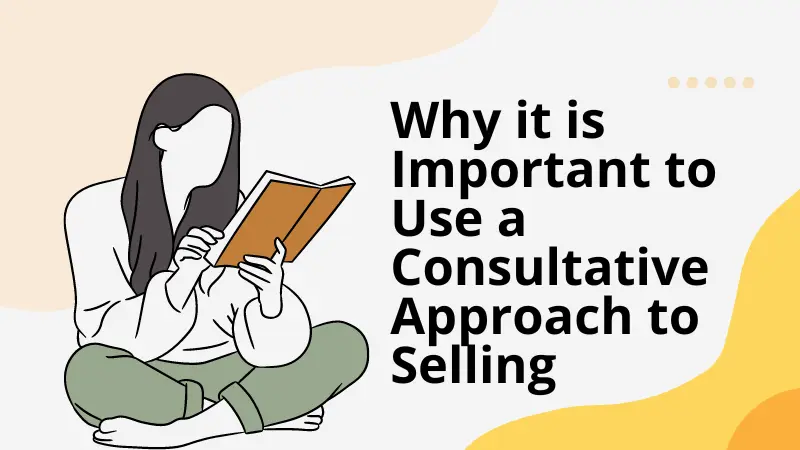
As we previously discussed, selling to C-Level decision-makers poses unique challenges and opportunities for B2B sales teams. One key strategy that can help you overcome these challenges is to use a consultative approach to selling.
A consultative approach means putting your prospect’s needs first and helping them find the best solution to their problems. Instead of simply pitching your product or service, you become a trusted advisor who provides valuable insights and guidance. This approach involves understanding the unique context of each prospect, delivering content that speaks directly to their needs, and building strong relationships with key contacts.
Let’s discuss the 3C’s of selling to the C-Suite to close large deals.
Context: Understanding the Unique Needs of Each Prospect.
The first step in a consultative selling approach is to understand the unique context of each prospect. This means doing your research on the company, the industry, and the executives you are targeting. What are their pain points? What are their goals? What are the current trends and challenges in their industry? By understanding the specific challenges that each prospect faces, you can position your product or service as the ideal solution. This requires a deep understanding of the executive’s industry and the trends that are shaping it. The more you know, the better equipped you will be to offer solutions that truly meet their needs.
Content: Delivering Value through Customized Messaging.
Once you have a solid understanding of your client’s context, it’s time to focus on content. This means creating a tailored pitch that speaks directly to their needs and concerns. But instead of simply pitching your product, you need to offer relevant insights and thought leadership that demonstrates your expertise and adds value for the client. This can include sharing case studies, white papers, or industry reports that showcase your understanding of their challenges and your ability to provide effective solutions. Effective content should be concise, compelling, and targeted. It should speak directly to the prospect’s challenges and goals and provide actionable insights that demonstrate your expertise.
Contact: Building Strong Relationships with Key Contacts.
Lastly, a consultative approach to selling requires building strong relationships with key contacts—C-suite executives. This means developing a deep understanding of the prospect’s organization and identifying the decision-makers who are most likely to influence the buying decision. Remember, these are busy executives with a lot on their plates. They don’t have time for a pushy sales pitch or a long-winded presentation. Instead, focus on building a rapport through active listening, empathizing with their challenges, and offering personalized solutions that truly meet their needs.
Visit Callbox - The Savvy Marketer for more resources...





